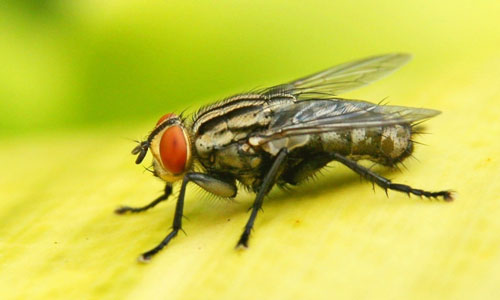Genome sequencing allows us to unveil the complete DNA sequence of an organism. However, to understand all genomic processes carried out in the cell nucleus it is necessary to determine its three-dimensional architecture. Advances in genomic technologies have boosted the development of new analytical methods, such as Chromosome Conformation Capture (3C), a set of molecular biology methods used to analyze the spatial organization of chromatin in a cell. These methods quantify the number of interactions between genes or genetic markers of interest on certain sequences that are nearby in 3-D space, but may be separated by many nucleotides in the linear genome. These techniques provide unprecedented insights into the spatial organization of genomes.

Figure: Image credit: pixabay.com
The Structural Genomics Group at the CNAG-CRG (Valencia, Spain) led by Marc A. Marti-Renom has developed TADbit, a computational framework to analyze and model the chromatin fiber in three-dimensions. This study, published in Plos Computational Biology, has been performed in collaboration with Guillaume Filion from the Genome Architecture Group at the CRG.
TADbit is an open-source Python library that takes as input the sequencing reads of 3C-based experiments. It performs a wide range of tasks including the pre-processing of the reads, mapping of the reads to a reference genome, filtering and normalizing the interaction data, analyzing the resulting interaction matrices, building 3D models of selected genomic domains, and analyzing the resulting models to characterize their structural properties. To illustrate the use of TADbit, we automatically modeled 50 genomic domains from the fly genome revealing differential structural features of the previously defined chromatin colors, establishing a link between the conformation of the genome and the local chromatin composition.
Reference
Automatic analysis and 3D-modelling of Hi-C data using TADbit reveals structural features of the fly chromatin colors. Serra, F., Baù, D., Goodstadt, M., Castillo, D., Filion, G. J., & Marti-Renom, M. A. (2017). PLoS Computational Biology, 13(7), e1005665–17. http://doi.org/10.1371/journal.pcbi.1005665.


































